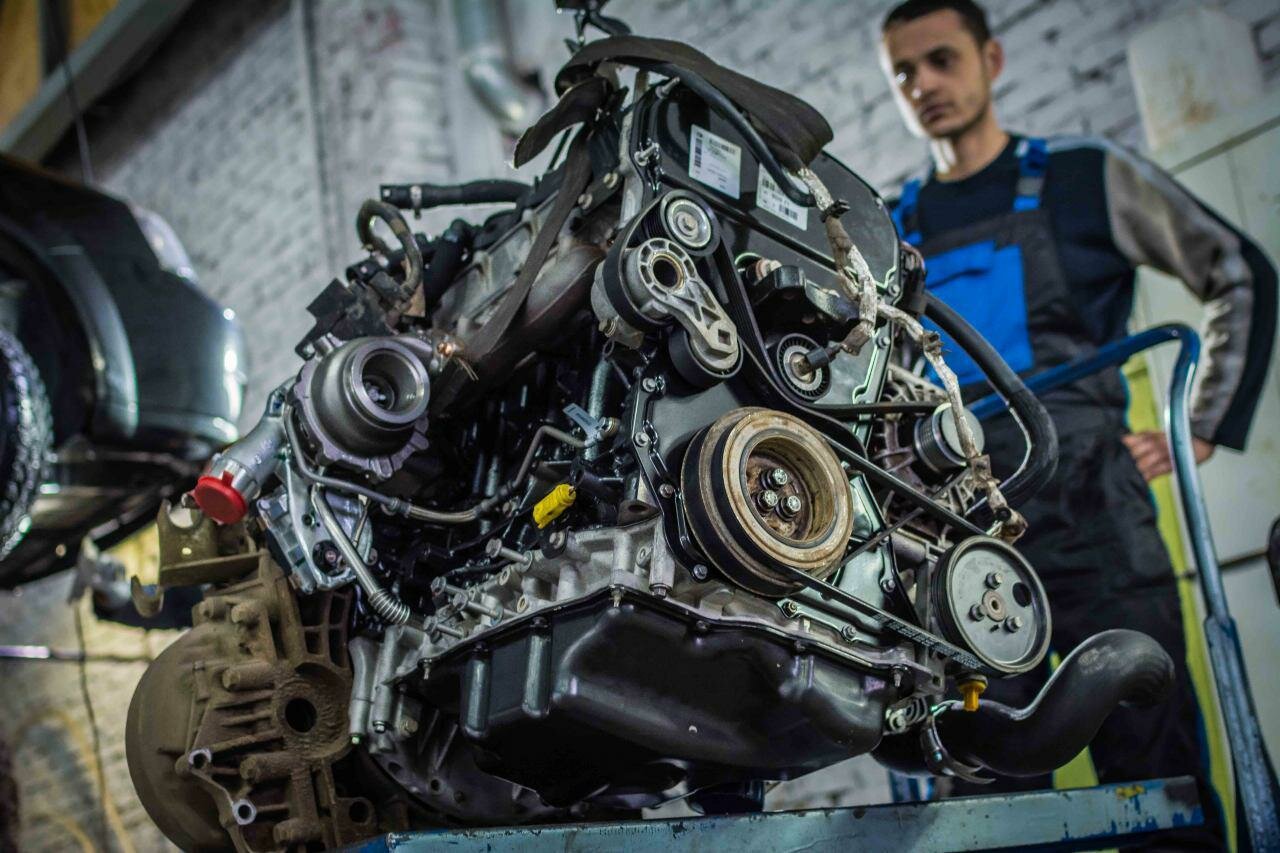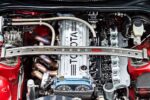Introduction
Understanding the Common Rail Diesel Engine
In the world of automotive engineering, the common rail diesel engine has emerged as a powerful and efficient force. With its ability to deliver exceptional performance and fuel economy, this technology has become increasingly prevalent in modern vehicles. However, like any mechanical system, these engines require regular maintenance to ensure optimal functionality. One crucial aspect of maintenance is bleeding the common rail diesel engine, a process that removes air from the fuel system and ensures smooth operation.
The Importance of Bleeding
Bleeding a common rail diesel engine is a vital procedure that should not be overlooked. Air trapped in the fuel system can cause a range of issues, including decreased engine performance, increased fuel consumption, and even engine failure. By bleeding the system, you eliminate air pockets and allow the engine to function at its full potential. In this article, we will delve into the step-by-step process of bleeding a common rail diesel engine, providing you with the knowledge and confidence to tackle this task effectively.
Safety First
Before we dive into the specifics, it’s important to address safety concerns. Dealing with diesel fuel and engine components can be hazardous, so it is crucial to take necessary precautions. Always wear protective gloves and eyewear to shield yourself from potential injuries. Additionally, ensure that the engine is turned off and cool before attempting any maintenance procedures. If you are unsure or uncomfortable with any aspect of bleeding a common rail diesel engine, it is recommended to consult a professional mechanic.
Practical Recommendations
To successfully bleed a common rail diesel engine, you need to follow a systematic approach. In the next section, we will provide you with clear and concise instructions, guiding you through each step of the process. By adhering to these practical recommendations, you will be able to effectively bleed your engine and maintain its optimal performance.
Now that we have established the importance of bleeding a common rail diesel engine and addressed safety concerns, let’s delve into the main text and explore the step-by-step process of this crucial maintenance procedure.
Step-by-Step Guide: How to Bleed a Common Rail Diesel Engine
Preparation
Before you begin the process of bleeding a common rail diesel engine, gather the necessary tools and materials. You will need:
- Protective gloves and eyewear
- A clean container to collect fuel
- A wrench or socket set
- A priming pump (if available)
1. Locate the Fuel Bleeder Screw
Start by identifying the fuel bleeder screw on the fuel filter housing. This screw is typically located on the top or side of the housing and is easily accessible. Use the wrench or socket set to loosen the screw, but do not remove it completely at this stage.
2. Prepare the Fuel System
To ensure a smooth bleeding process, it is essential to prime the fuel system. If your engine has a priming pump, use it to pump fuel into the system until you see fuel flowing from the bleeder screw. If a priming pump is not available, you may need to manually fill the fuel filter housing with diesel fuel.
3. Begin Bleeding the System
Once the fuel system is primed, it’s time to start bleeding the common rail diesel engine. Begin by loosening the bleeder screw slowly, allowing air and fuel to escape. Use caution and be prepared for fuel to spray out initially. As the air is purged, you will notice a steady stream of fuel flowing from the bleeder screw.
4. Monitor Fuel Flow
As the fuel flows, keep a close eye on its color and consistency. Ideally, the fuel should be free of air bubbles and appear clean. If you notice any abnormalities, such as excessive air or contaminants in the fuel, it may indicate a larger issue with the fuel system that requires further inspection.
5. Tighten the Bleeder Screw
Once you have ensured a consistent flow of clean fuel, it’s time to tighten the bleeder screw. Use the wrench or socket set to secure the screw back into place. Be careful not to overtighten, as this can damage the screw or housing.
6. Check for Leaks
After tightening the bleeder screw, inspect the fuel system for any signs of leaks. Pay close attention to the connections around the fuel filter housing and ensure they are secure. If you detect any leaks, address them immediately to prevent fuel loss and potential engine damage.
7. Test the Engine
With the bleeding process complete and any leaks addressed, it’s time to test the engine. Start the engine and allow it to run for a few minutes, monitoring its performance. If the engine runs smoothly without any issues, you have successfully bled the common rail diesel engine.
Top views |
|
|---|---|
 |
Oil, Timing Chains, Pistons: What Really Kills an Engine Prematurely? |
 |
How to Choose a Car with a Reliable Engine: Used Car Market Hacks That Actually Work |
Conclusions
Bleeding a common rail diesel engine is a critical maintenance procedure that ensures optimal engine performance. By following the step-by-step guide outlined above, you can effectively remove air from the fuel system and prevent potential problems. Remember to prioritize safety, wear protective gear, and consult a professional if you are unsure or uncomfortable with any aspect of the process. Regularly bleeding your common rail diesel engine will contribute to its longevity and reliability, allowing you to enjoy the full benefits of this advanced technology.




0 Comments